Here’s a detailed list of facts about Punjab, covering history, culture, geography, economy, and more. I’ve organized them into categories so it’s easier to follow:
Welcome to Punjab – the land of bhangra beats, buttery parathas, mustard fields, and massive hearts. If you’ve ever met a Punjabi or stepped foot in this vibrant northern Indian state, you already know: Punjab isn’t just a place — it’s a full-on experience.
From the rhythm of dhol to the calm of the Golden Temple, Punjab blends tradition, energy, and warmth like no other. So sit back, grab a glass of lassi (a big one), and let’s dive into the world of punjabiyaan di shaan.
The Name Says It All

The name “Punjab” literally means “land of five rivers” — referring to the Beas, Sutlej, Ravi, Chenab, and Jhelum. These rivers gave life to its fertile lands, and that’s why it’s also known as India’s breadbasket. If India was a kitchen, Punjab would be the pantry stocked with all the good stuff.
Historically, Punjab was a gateway — empires, traders, and invaders came through here. Greeks, Mughals, Afghans, and even the British marched through this land. And every single one of them left something behind, which is why Punjab today is such a colorful blend of cultures, languages, and legacies.
The Heartbeat: Punjabi Culture
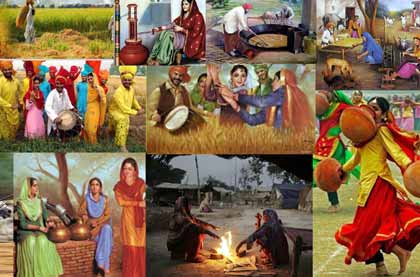
Let’s start with the obvious — Punjabi culture is all heart. Loud, lively, and full of flavor. The people here are known for being:
- Hospitable (they won’t let you leave without eating),
- Expressive (you’ll never wonder what a Punjabi is feeling — they’ll tell you),
- And proud (in a good way).
Everything is extra in Punjab — extra spicy, extra loud, extra loving.
Punjabis celebrate everything with dance. Whether it’s a wedding, harvest season, or just a Tuesday, chances are someone’s breaking into bhangra or giddha with a smile and endless energy.
And the music? Think dhol beats, folk tunes, and now Punjabi pop that dominates playlists worldwide. From Gurdas Maan to Diljit Dosanjh, these artists have made Punjabi music a global vibe.
The Food: Come Hungry, Leave Heavier

Let’s talk food. Because honestly, in Punjab, food is practically a religion.
If you haven’t had sarson da saag with makki di roti, have you even lived? Add a generous dollop of white butter, and you’re in food heaven. And don’t forget the lassi — tall, thick, and served with all the love in the world.
Here’s what’s usually on a proper Punjabi thali:
- Dal makhani
- Chole bhature
- Paneer tikka
- Tandoori roti
- And maybe a side of stuffed paratha (aloo, gobi, or methi)
For meat lovers, Punjab is paradise. From butter chicken to tandoori kebabs, there’s no shortage of flavor-packed dishes.
Oh, and every meal — every single one — ends with something sweet. Jalebis, gulab jamun, phirni, kheer… you get the idea.
History That Shaped India
Punjab’s history is more than just old forts and ancient kings — it’s filled with struggles, sacrifices, and soul.
- It’s the land where Guru Nanak Dev Ji, the founder of Sikhism, was born.
- It’s where ten Sikh Gurus spread messages of equality, courage, and compassion.
- It’s where the sacred Golden Temple (Harmandir Sahib) shines — a symbol of peace and devotion for millions.
Punjab was also the epicenter of India’s Partition tragedy in 1947. The state was split between India and Pakistan, leading to one of the largest migrations and most painful episodes in modern history. Families were torn apart, but the people rebuilt — stronger, kinder, and even more rooted in humanity.
Spiritual Vibes: The Sikh Identity
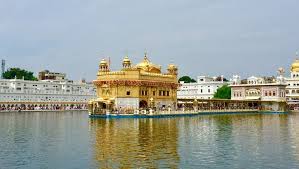
Punjab is the homeland of Sikhism. And even if you’re not religious, visiting a Gurudwara in Punjab — especially the Golden Temple in Amritsar — is an experience that’ll leave you speechless.
There’s a serenity, a stillness, and a sense of equality. Everyone is welcome, and no one leaves hungry, thanks to the langar (free community kitchen) that feeds thousands daily — all cooked and served by volunteers.
It’s not just a meal. It’s a message: Serve, share, and stay humble.
Fashion, Swag, and Everything In Between
Let’s not ignore the style. Punjabis don’t do boring. You’ll spot colorful patiala salwars, flashy turbans, embroidered kurtas, and all-out bling. Weddings are full-blown festivals — multiple days of music, mehndi, and mayhem.
And the swag? Punjabis invented it. From tractors to Range Rovers, from juttis to Ray-Bans — they mix desi and modern like pros.
Fields of Gold and Tractor Goals
Punjab’s not all cities and songs — the soul of the state lives in its villages. Picture this: lush green mustard fields, buffaloes chilling in ponds, and tractors humming in the background.
Farmers here have been the backbone of India’s food supply for decades. They rise before the sun, work with earth and sky, and still find time for evening gossip and folk songs.
Even today, agriculture is central to Punjab’s economy — wheat, rice, sugarcane, cotton — you name it. And yes, tractors are not just farm machines here. They’re style statements.
The Cities: More Than Just Amritsar
Most people know Amritsar because of the Golden Temple and Wagah Border. But Punjab has so many other gems:
- Ludhiana: The industrial and textile hub. Also known for awesome street food.
- Jalandhar: Sports goods capital. Want a cricket bat or a hockey stick? This is your place.
- Patiala: The city of royals, famous for the Patiala peg and beautiful palaces.
- Mohali: The modern face of Punjab, known for its cricket stadium and IT parks.
- Bathinda, Hoshiarpur, Faridkot — each with their own flavor and flair.
The Modern Punjab
Today’s Punjab is a mix of tradition and change. The youth are global — many have relatives in Canada, the UK, or Australia. But they still touch their parents’ feet before heading out and never say no to maa ke haath ka paratha.
Social media is big here. From Instagram reels in mustard fields to YouTube music videos shot in tractors, Punjabis are everywhere — online and off.
At the same time, Punjab faces real issues — from unemployment to drug addiction to water scarcity. But the spirit here is strong, and there’s a new generation ready to fight, build, and grow.
Final Thoughts: Why Punjab Feels Like Home (Even If It’s Not Yours)
Here’s the thing about Punjab — even if you’re not born there, it feels like home. Maybe it’s the way people open their hearts and homes. Maybe it’s the dhol in the background. Or maybe it’s just the food.
But one visit and you’ll feel it — the warmth, the chaos, the flavor, and the soul.
Punjab teaches you how to laugh louder, eat better, love deeper, and live bigger.
So whether you’re dancing at a Punjabi wedding, soaking in the calm at a gurudwara, or just chilling in a field under the sun — one thing’s for sure: you’ll leave Punjab with a full heart (and a slightly fuller belly).

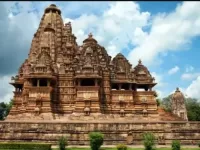


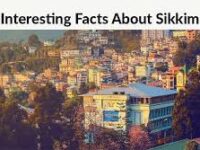
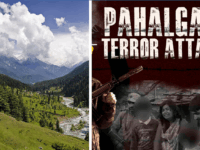
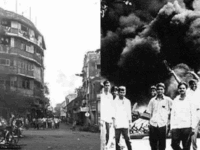
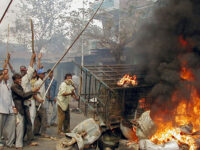

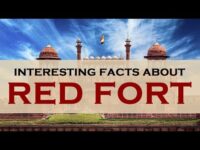

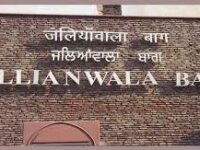

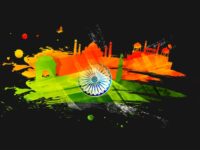
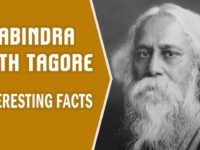
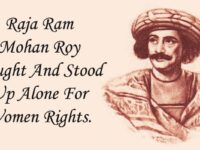


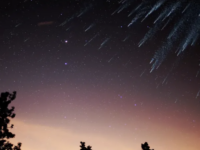


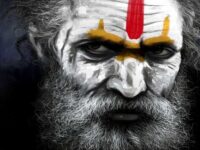






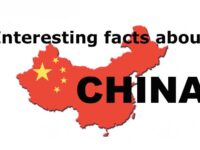
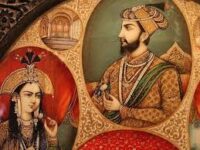
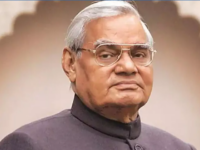


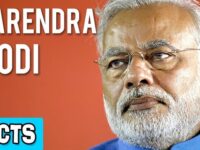

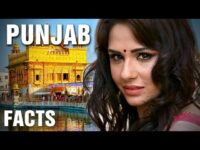


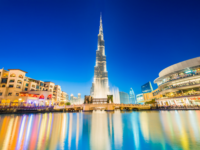

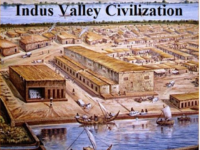
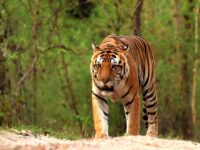

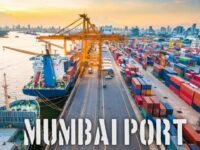






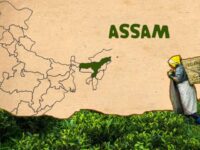

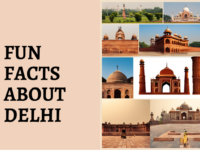


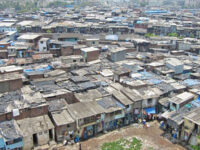
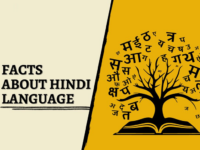
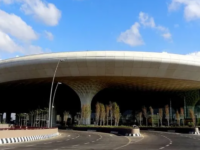
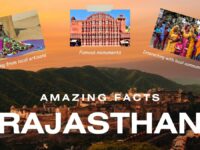


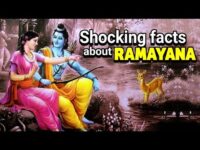



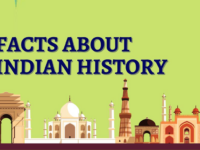
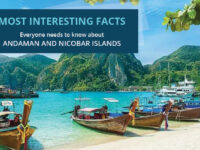
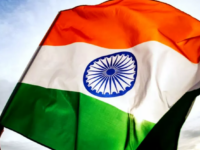


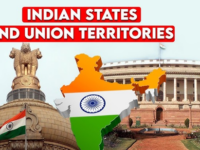


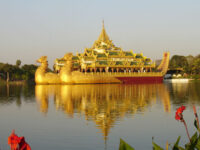



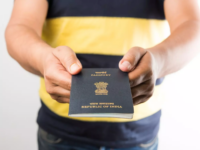

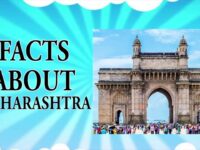
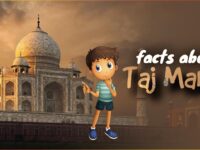




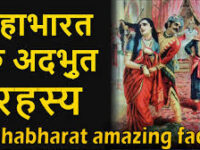
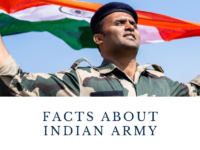
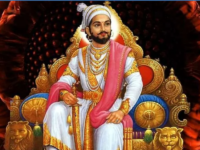









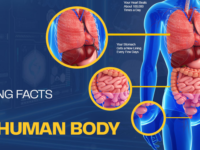

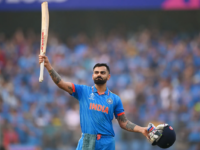


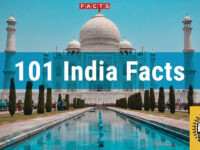
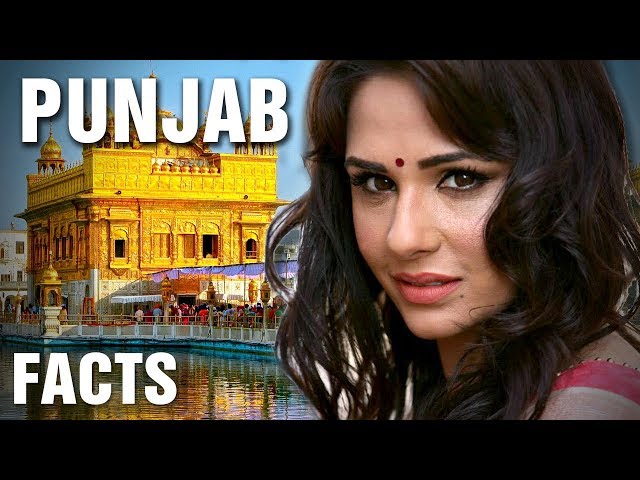
0 Comments